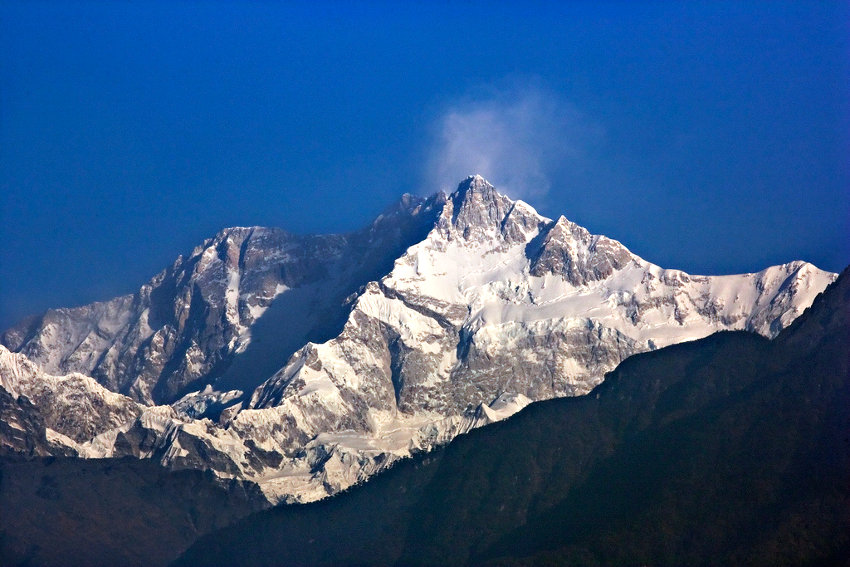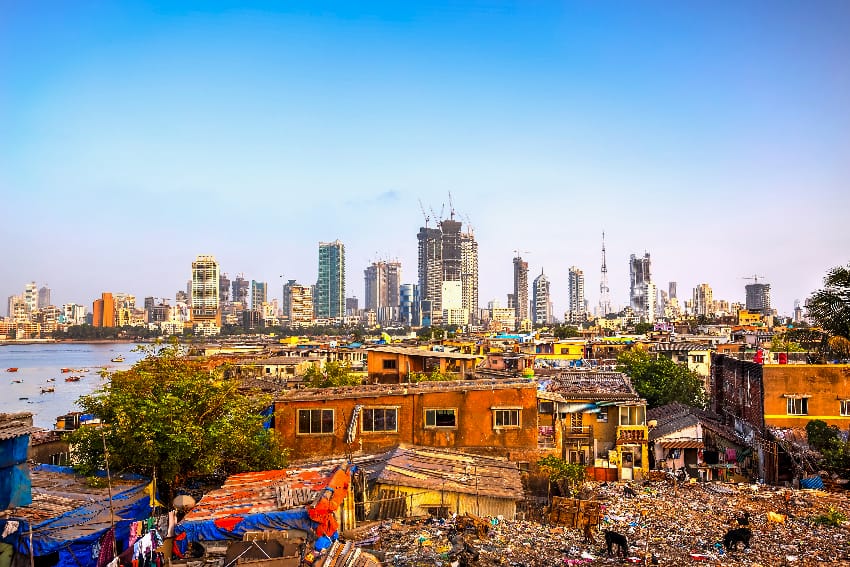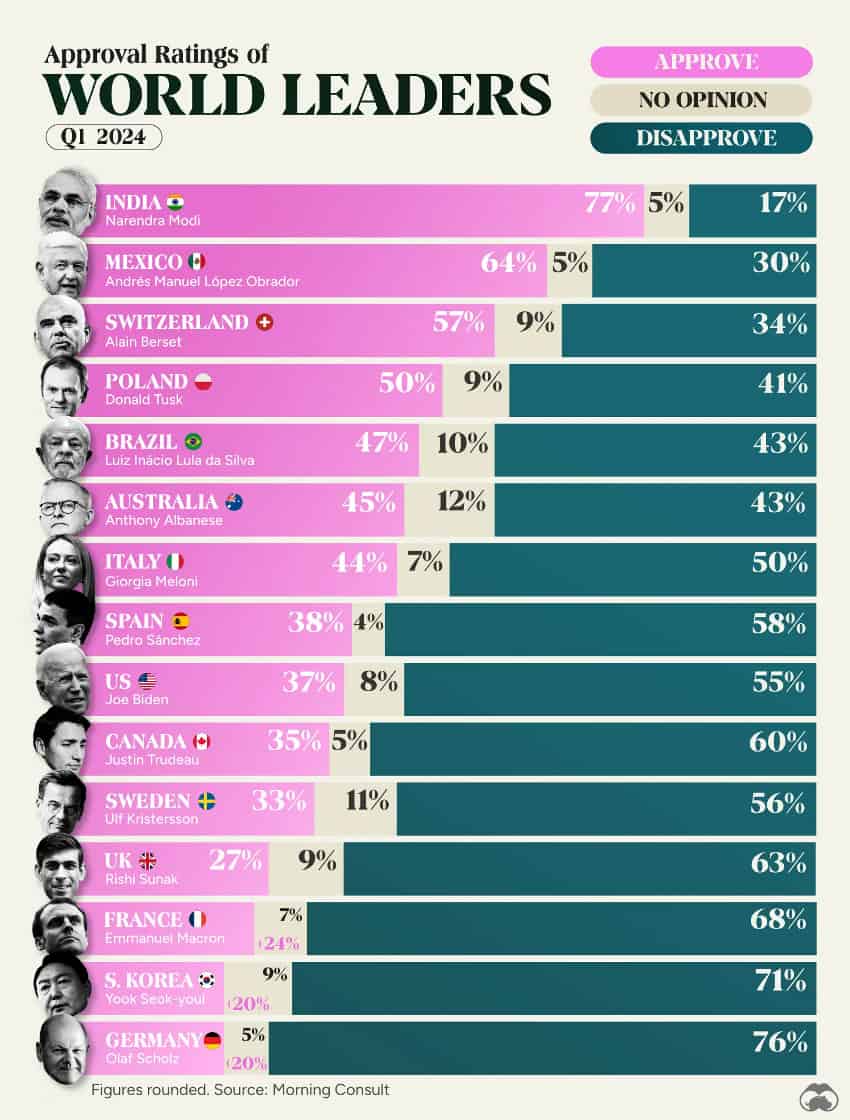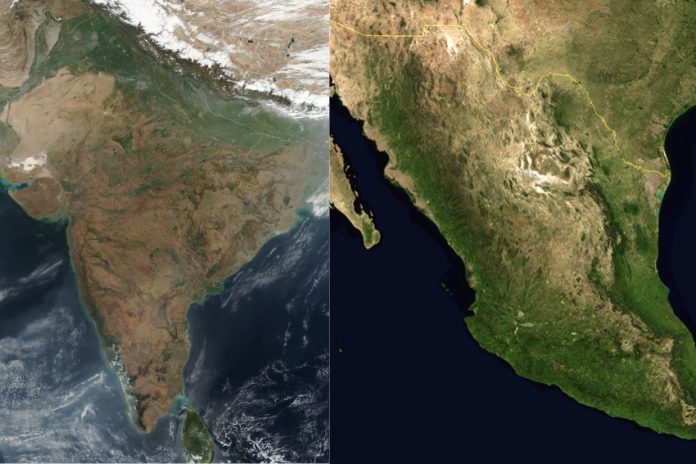We have continued our “Global Mexico” series at Mexico News Daily this week, publishing a number of “India in Focus” articles, including a history of bilateral relations and an interview with India’s ambassador to Mexico.
In this article, we’ll take a look at a variety of data on India and Mexico that allows objective comparisons to be made between the two countries in a range of different areas.
Did you know that India and Mexico are the world’s top two recipients of remittances?
Did you know that India’s population is more than 10 times larger than Mexico’s?
Read on to discover many other facts about India and Mexico in this latest addition to our data journalism series “Mexico in Numbers.”
Population and demographics
On April 24, 2023, the United Nations Department of Economic and Social Affairs (DESA) released a policy brief that noted that the latest population estimates and projections indicated that China would soon cede to India “its long-held status as the world’s most populous country.”
“In April 2023, India’s population is expected to reach 1,425,775,850 people, matching and then surpassing the population of mainland China,” DESA said.
India’s current population of around 1.43 billion people — equivalent to approximately one-sixth of the global population of 8.1 billion — is more than 11 times the size of Mexico’s population, which was just over 126 million at the time of the last census in 2020 and is now about 129.1 million, according to Worldometer, a real-time statistics website.
India’s population has increased by more than 1 billion people since 1950, growing by more than 300% from 353 million in the middle of last century. Mexico has added more than 100 million people in the same period — 25.8 million to 129 million — and its population growth in percentage terms, at around 400%, is in fact even higher than that of India.
Meanwhile, the median ages of Indians and Mexicans are remarkably similar. In 2023, the median age of Indians was 29.5, according to a CIA World Factbook estimate, while the figure for Mexicans was just over a year higher at 30.6.
Out of 227 countries, India has the 89th youngest population, while Mexico has the 100th youngest, according to the CIA Factbook.
According to the World Health Organization, the life expectancy of Indians at birth was 70.8 years in 2019, up from 62.1 years in 2000. In Mexico, life expectancy is about 6% higher at just over 75.
Area and other geographical data
With an area of 3.28 million square kilometers, India is the seventh largest country in the world.
Mexico’s territory covers 1.96 million square kilometers, making it the 13th largest country in the world.
Therefore, India is around 1.7 times bigger than Mexico.
The entirety of Mexico’s territory could fit into India along with five additional “Chihuahuas” (Chihuahua is Mexico’s largest state by area) and 20 extra “Tlaxcalas” (Tlaxcala is the smallest state by area).
India is divided into 28 states and eight union territories including the National Capital Territory of Delhi, whereas Mexico has 31 states and a 32nd state-like entity in Mexico City, the national capital.

The third highest mountain in the world, Kangchenjunga, is located in the Himalayas on the India-Nepal border. At 8,586 meters, its summit is almost 3,000 meters higher than that of the 5,636-meter-high Pico de Orizaba, an active stratovolcano on the Veracruz-Puebla border that is Mexico’s highest peak.
Indians in Mexico, Mexicans in India
Mexico’s 2020 census found that 1,825 Indian immigrants were living in Mexico, while the Indian Embassy in Mexico said in late 2023 that the Indian community in Mexico, including non-resident Indians and people of Indian origin, was about 8,000.
According to the embassy, about one-third of that number live in Mexico City, while the remainder of Mexico-based Indians are spread across numerous cities including Guadalajara, Monterrey, Querétaro and Cuernavaca. The IT sector is the largest employer of Indians in Mexico, the embassy said.
According to the Mexican government, just 71 Mexicans lived in India in 2022, down from 182 five years earlier.
Economy
In 2023, India was the world’s fifth largest economy with a GDP of US $3.73 trillion, according to the International Monetary Fund (IMF). The Indian economy last year was just over two times bigger than the Mexican economy, where GDP was $1.81 trillion in 2023, according to IMF projections. Mexico is currently the 12th largest economy in the world.
While India’s economy is large and growing, the wealth of its people as measured in per capita GDP is low as a result of its vast population. India’s GDP per capita was just US $2,411 in 2022, according to the World Bank, almost five times lower than that in Mexico, which was $11,496 the same year.
Data shows that the India’s economy is currently growing much faster than Mexico’s. GDP in India is projected to grow 7.7% in fiscal year 2023-24, which ends March 31, while Mexico’s economy expanded 3.2% in annual terms last year.
Wealth and poverty
The World Bank currently classifies India as a lower middle-income economy, while Mexico is classed as an upper middle-income country.
There is significant income inequality in both countries, epitomized by the stark contrast in living standards between the nations’ wealthiest and poorest people.
According to an Oxfam report published in early 2023, India’s richest 1% own more than 40% of the country’s wealth and the top 10% own more than 80%.
According to a 2021 report by the Organization for Economic Co-operation and Development (OECD), “Mexico has one of highest levels of inequality in the OECD (as measured by the Gini index and the share of income going to the richest 10% of people).”
The World Inequality Report 2022 said that the top 10% of income earners in Mexico earn over 30 times more than the bottom 50%.
The report, completed by the World Inequality Lab, said that just over 57% of all income goes to the top 10% of Mexican wage earners, while only 9.2% ends up in the pockets of the bottom 50%.
Two Indians, Mukesh Ambani and Guatam Andani, are among the 20 richest people in the world, according to Forbes, while one Mexican, Carlos Slim, makes the list.
With regard to poverty, a report published this year by an Indian government think tank and reviewed by Deutsche Welle said that the percentage of Indians living in “multidimensional poverty” has declined to 11% from 29% nine years ago.

“The numbers would appear to show strong progress towards the government’s goal of reducing multidimensional poverty to below 1%, but some economists have raised some serious doubts over the use of the Multidimensional Poverty Index (MPI) to make these claims, pointing out that the report does not paint the full picture,” DW reported.
In Mexico, data published by the National Council for the Evaluation of Social Development Policy (Coneval) last year showed that 46.8 million Mexicans were living in a “situation of poverty” in 2022, down from 55.7 million in 2020.
The percentage of the population living in poverty in 2022 was 36.3%, down from 43.9% two years earlier, Coneval said.
“In 2022, 36 of every 100 people in Mexico had at least one deprivation of their social rights and had a [monthly] income … that was insufficient to purchase a [basic] food basket and necessary goods and services,” the council said.
Religion
Hinduism and Catholicism are the dominant religions in India and Mexico, respectively.
According to a 2021 Pew Research Center report, Hindus make up 79.8% of India’s population, while Muslims account for 14.2%.
“Christians, Sikhs, Buddhists and Jains account for most of the remaining 6%,” the U.S.-based think tank said.
The 2020 census in Mexico found that 77.7% of the population identified as Catholics, while 11.2% identified as Protestant or Evangelical. Thus, 88.9% of Mexicans consider themselves Christians. Just over 8% of the population said in 2020 they didn’t have a religion.

Other religions are practiced in Mexico, including Judaism and Islam, but the number of adherents is low.
Remittances and the Indian and Mexican diasporas
India and Mexico are the world’s two largest recipients of remittances sent home be their nationals working abroad.
The World Bank said in December that “the top five remittance recipient countries in 2023 are India ($125 billion), Mexico ($67 billion), China ($50 billion), the Philippines ($40 billion), and Egypt ($24 billion).”
In February, the Bank of Mexico reported a lower 2023 remittances figure for Mexico, US $63.31 billion, but that amount was still a record high.
There are large numbers of Indians and Mexicans living outside their country of origin.
According to the United Nations, India has the world’s largest diaspora, with 17.9 million Indian-born people living abroad in 2020. Mexico ranks second, with a diaspora of 11.2 million people, the majority of whom live in the United States.
Popularity of leaders
President Andrés Manuel López Obrador frequently boasts at his morning press conferences that he is the second most popular world leader after Indian Prime Minister Narenda Modi.

In support of his claim, he presents data from the Global Leader Approval Rating Tracker, an initiative of United States business intelligence company Morning Consult.
The latest data, derived from polls conducted in 25 countries around the world, shows that López Obrador is once again the second most popular of 25 world leaders, with an approval rating of 63%.
Modi, as is invariably the case, is No. 1 with an approval rating of 78%.
López Obrador, who took office in December 2018, will hand over the presidential sash to his successor on Oct. 1. He is constitutionally barred from seeking reelection.
Modi has been prime minister since May 2014 and will seek reelection in a general election to be held later this year. In India, the world’s largest democracy, there are no term limits for prime ministers.
By Mexico News Daily chief staff writer Peter Davies (peter.davies@mexiconewsdaily.com)
This article is part of Mexico News Daily’s “India in Focus” series. Read the other articles from the series here.
